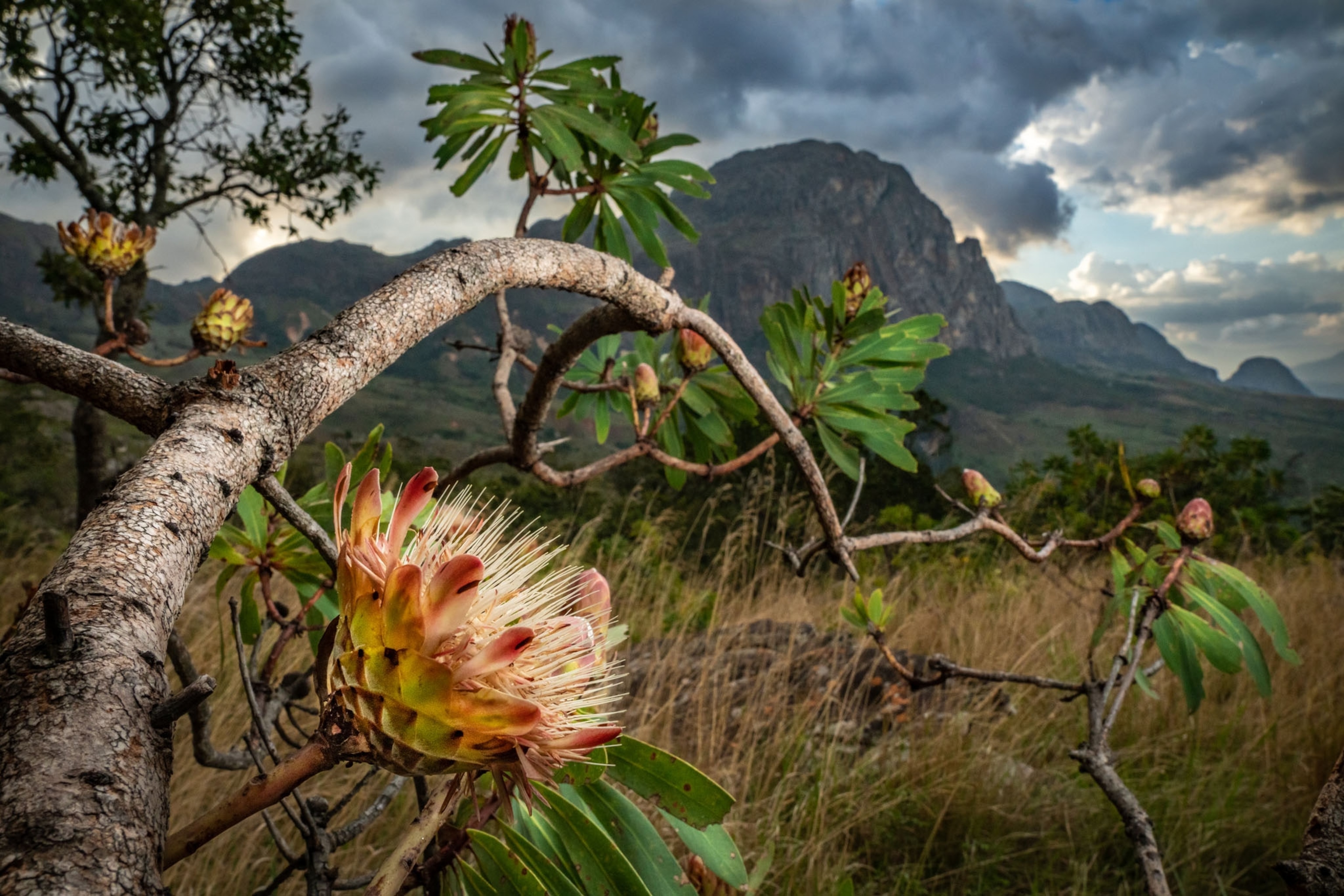
Nature makes a comeback in Mozambique
After decades of civil unrest, the East African country is expanding its protected wildlands.
Guerrilla fighters once roamed the rugged mountains and misty forests along Mozambique’s border with Zimbabwe. Now birdsong fills the air, and adventurers look for elephants, hike to waterfalls, and marvel at ancient rock art in what is one of the country’s newest national parks.
Since its designation in June 2020, Chimanimani National Park has been an example of how conservation projects are working to bolster this East African country’s protected wildlands.
During civil unrest from 1964 to 1992, the Chimanimani region was ravaged by poaching and sown with land mines. In recent years, illegal gold mining and slash-and-burn agriculture have destroyed habitat and degraded soil and water.
(How one of Africa’s great parks is rebounding from war.)
Today the park attracts scientists and public-private partnerships determined to protect its biodiversity, which includes 76 plant and animal species found nowhere else.
Initiatives such as MozBio (Mozambique Conservation Areas for Biodiversity and Development) balance the needs of both wildlife and humans by promoting environmental awareness and sustainable economic activities—beekeeping, nature-based tourism, shade-grown coffee farming—that help reduce rural poverty in Chimanimani’s border communities.
National Geographic Explorer Jen Guyton, an ecologist and photojournalist who participated in two Chimanimani biodiversity surveys, says one goal of the expeditions was training young Mozambican scientists to be conservation leaders. Says Guyton, “Their passion and their optimism give me great hope.”
PLACES OF A LIFETIME
Mozambique is one of National Geographic’s Best of the World destinations for 2022. Check out the full list on November 18 at natgeo.com/bestoftheworld.
This story appears in the November 2021 issue of National Geographic magazine.





